The phytosterol
Phytosterols are natural plant molecules similar to cholesterol. Phytosterols are found in a variety of plants, but are found in nuts, beans, sunflowers, soybeans, and vegetable oils
Sterol Property
Sterols exist in two forms in nature, the free state (sterols, stanols) and the combined state (sterol ester derivatives). Most sterols are solid, such as β-sitosterol, stigmasterol, cholesterol, and ergosterol, with melting points above 100°C; some sterol ester derivatives are oily liquids, such as sterol oleate and α-linolenic sterol ester. Sterol is insoluble in water, alkali and acid. It is slightly soluble in acetone and ethanol at room temperature. It is soluble in non-polar solvents such as ether, benzene, chloroform, ethyl acetate, carbon disulfide, and petroleum ether.
Classification of sterols
There are more than 250 kinds of sterols and related compounds found in nature, which are divided into three categories: animal sterols, plant sterols and fungal sterols according to their raw material sources. Animal sterols are mainly cholesterol, plant sterols are mainly sitosterol, stigmasterol and campesterol, while ergosterol is a fungal sterol.
Sources of Phytosterols
It is widely found in the roots, stems, leaves, fruits and seeds of plants. The content of different plant species is different. Vegetable oils and oily foods are the main natural sources of plant sterols, followed by grains, grain products and nuts.
Absorption of Phytosterols
The human body cannot synthesize plant sterols and can only be taken from outside. The absorption rate of plant sterols in the diet is very low, about 5% on average, and the absorption rate of the combined state (derivatives such as sterol esters) is higher than that of the free state (sterols, stanols).
Distribution of Phytosterols
In general, the liver, adrenal glands, ovaries, testes and other organs contain high levels of sterols. This distribution may indicate that they may be used as precursors of steroid hormones.
The main functions of Phytosterol
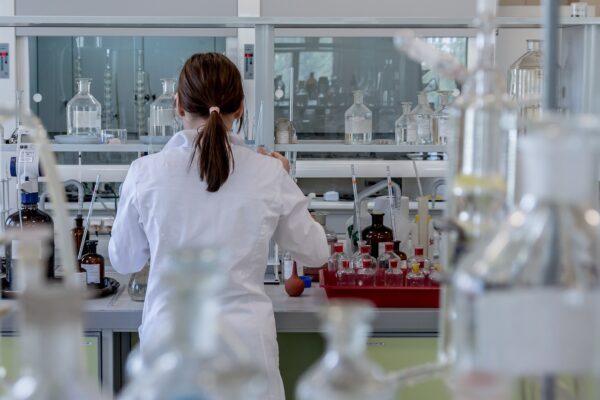
Lower serum cholesterol
Supplementing plant sterols can significantly reduce the blood total cholesterol (TC) and low-density lipoprotein (LDL) content, but not reduce the high-density lipoprotein (HDL) and triglyceride content, so that the LDL/HDL ratio is reduced; Intake of about 1.6g/d phytosterol can significantly reduce the blood lipid level of patients with hyperlipidemia, and has a significant effect on the symptoms of hyperlipidemia.
Prevention and treatment of prostate diseases
Phytosterols, especially β-sitosterol, can promote the expression of human prostate stromal cell growth factor β1 and increase the activity of protein kinase C-α, thereby having a positive effect on reducing the incidence of male prostate hypertrophy and prostate cancer.
As an anti-cancer substance
Phytosterols have a certain inhibitory effect on the occurrence and development of certain cancers in the body, especially β-sitosterol, stigmasterol and their derivatives can inhibit the growth of human liver cell line HepG2 and breast cancer cell line MCF-7 and induce their biology It has certain anti-liver cancer, breast cancer, gastric cancer and colon cancer activity.
Hormone-like function
The steroidal structure of phytosterols is similar to estrogen, especially β-sitosterol has estrogenic activity on the metabolism of substances in the uterus; in addition, it can reduce the bioavailability of cholesterol or some enzymes to reduce the synthesis of steroid hormones in the gonadal tissue and act on the body.
Application basis of Phytosterol
Application basis include Phytosterols and genetic engineering and Phytosterols and biological senescence
Many phytosterols have natural antioxidant capacity due to an ethylene group on the side chain, which can prevent the oxidative degradation of unsaturated fatty acids under high temperature heating conditions. Clinical drugs with plant sterols as the main component are used for the prevention and treatment of cardiovascular disorders such as atherosclerosis, hyperlipidemia, coronary artery sclerosing heart disease, chest tightness, and palpitations.
The extraction method of Phytosterol
My country China is a big country in oil production, oil production and oil consumption. The by-products of the oil industry are rich in plant sterol resources. At present, more than 70% of commercial plant sterols are derived from soybean deodorized distillate.
Phytosterol application:Application areas involve medicine, cosmetics, food, feed, pesticides, etc.
1.Medicine
①As a raw material for steroid hormone drugs, ②Cholesterol-lowering drugs, ③Anti-inflammatory, antipyretic and antagonistic bowel cancer, ④Cervical cancer, skin cancer, lung cancer, prostate cancer, etc.
2.Food
It tends to be used as a functional ingredient to prevent cardiovascular diseases, and its antioxidant properties are used in the frying oil industry, such as the addition of edible oil.
3.In terms of feed
Adding phytosterols to feed can stimulate appetite and promote the synthesis of animal protein during feeding and application, which is beneficial to the health and growth of animals.
4.For cosmetics
Phytosterols have mostly become key ingredients in high-end cosmetics, washing and beauty products.
5.In terms of pesticides
Phytosterols are used to synthesize plant growth hormones and produce new pesticides against plant viruses.
Do you have a better understanding of Phytosterols after reading this article? If you think this article is helpful to you, please share it with your friends.
If you are looking for a supplier of Phytosterols, please contact us for the latest quotation and free samples.

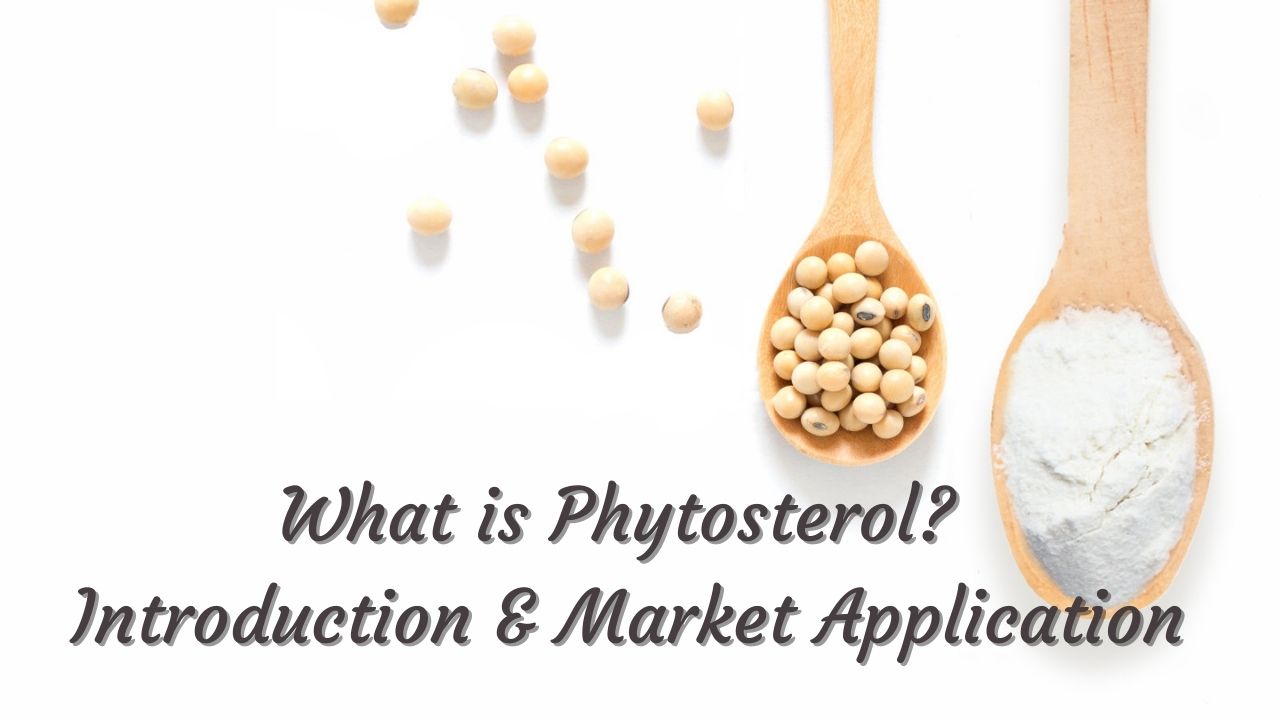
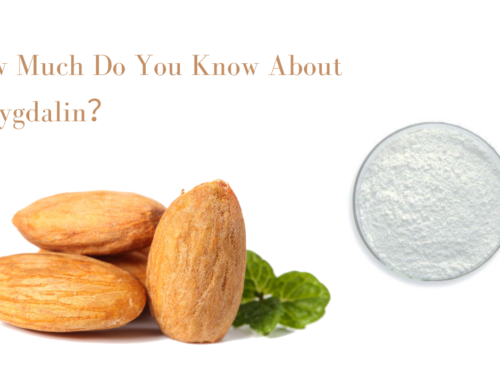
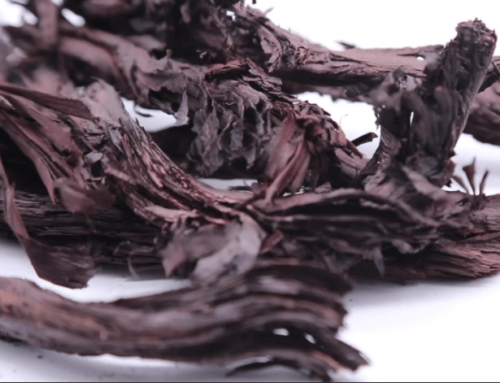
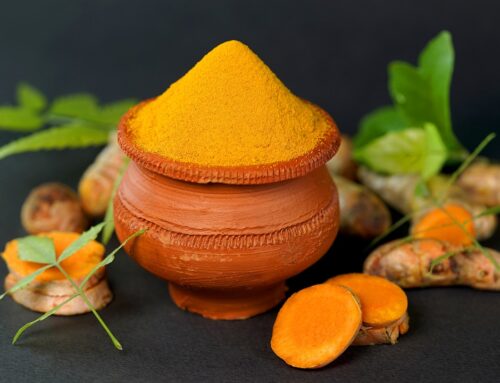
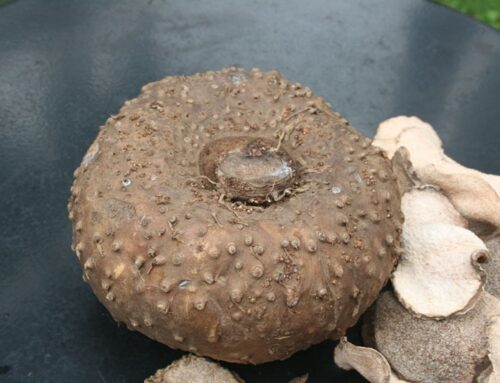
Leave A Comment